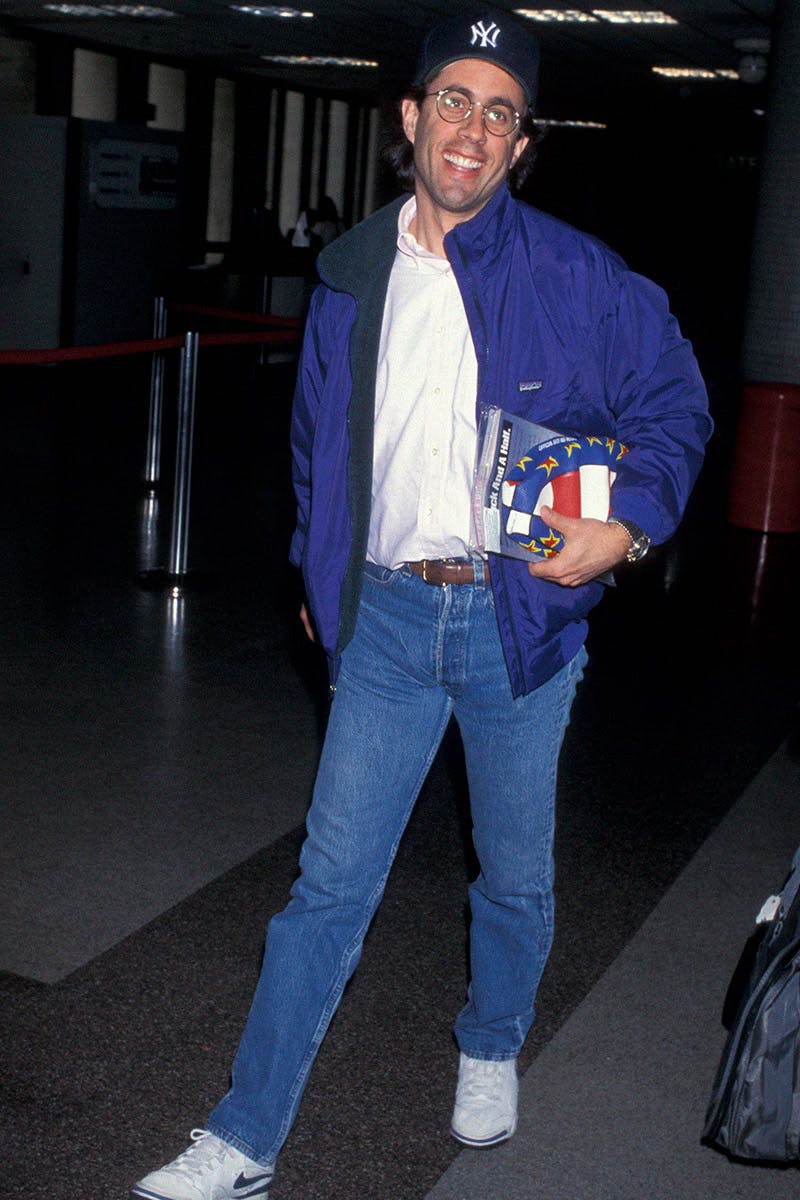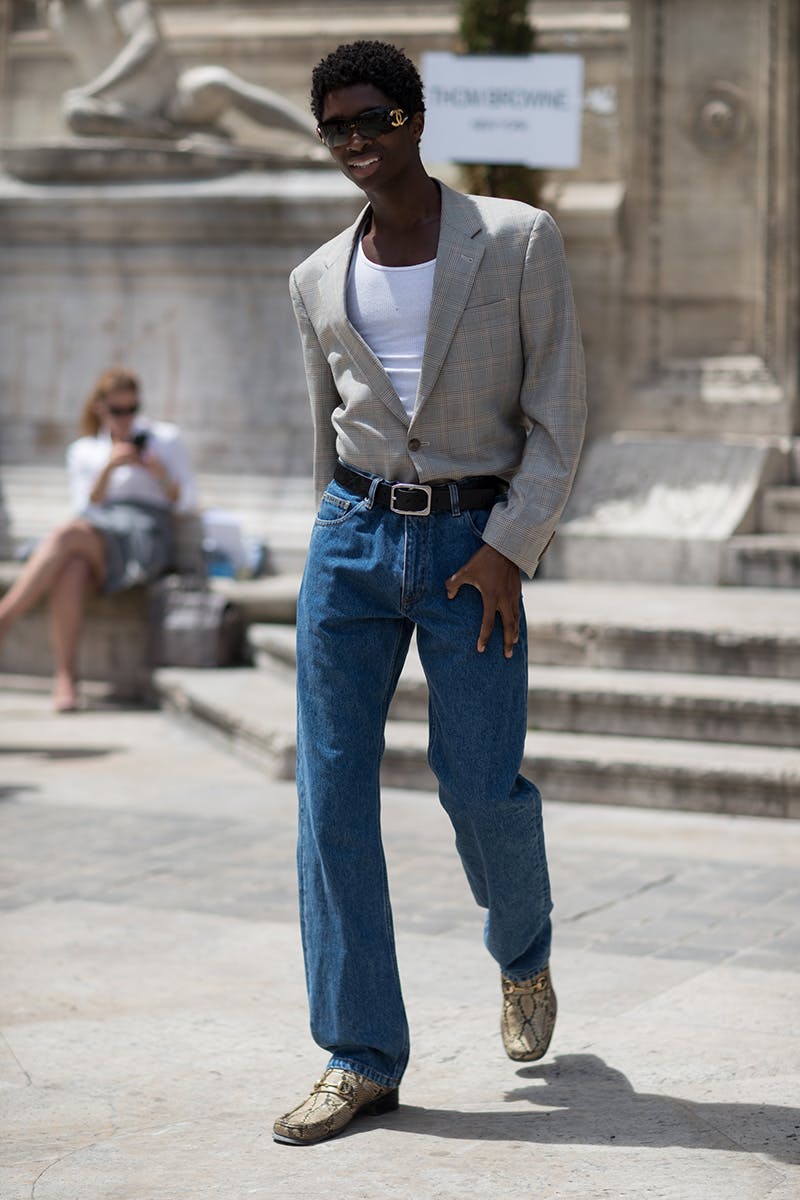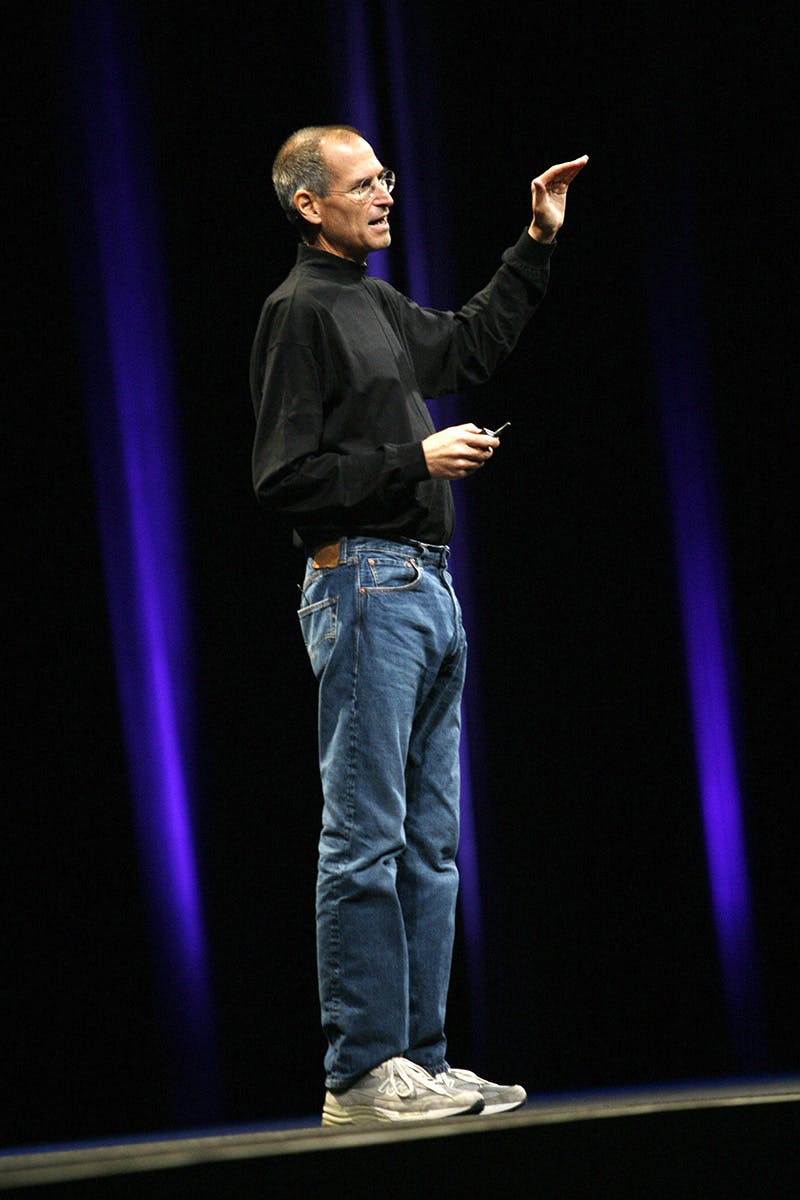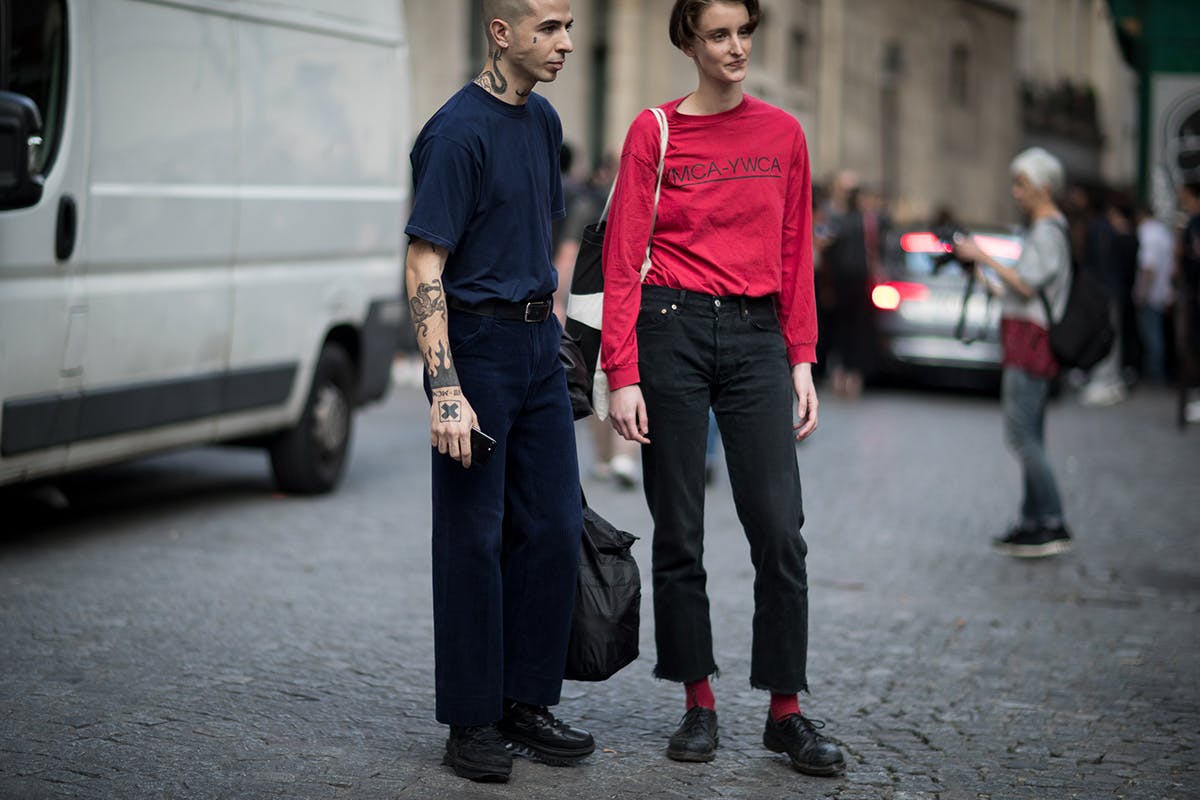Normcore Fashion May Be Dead, but Its Influence Lives on
Normcore is one of those ambiguous 21st-century terms that bandied around a lot for several years while rarely being truly defined. So what does “normcore” mean exactly? How do you know if something is normcore or not? Does it still exist, and do we even want it to?
Normcore is about authenticity. It’s a rejection of extravagance. It’s about subverting any notion of edginess. It’s about dressing like Jerry Seinfeld. It was a fashion trend but was also derided enough to become a meme.
The rise and fall of normcore and its lingering impact on today’s trends are tied to the time it was born, circa 2014. Pharrell Williams was wearing a big hat, the Apple Watch got announced, and YG’s My Krazy Life had us blood walkin. It was a simpler time.
Here, we’ve broken down what normcore is, where it came from, and how the implications of normcore style have changed in the years since people started using the word “normcore” and thinking it’s a totally normal thing to say.
Everything you need to know about normcore in 2022
Where did normcore come from?


Ron Galella / WireImage
Normcore’s meaning is a bit elusive. But, we do have some leads. The term normcore is attributed to tongue-in-cheek New York trend forecasting agency K-Hole, which parodied the earnest youth-oriented trend reports that brands pay big bucks to read. Created by Greg Fong, Sean Monahan, Emily Segal, Chris Sherron, and Dena Yago, K-Hole produced its not-wholly-serious reports as downloadable PDFs analyzing the zeitgeist in terms of consumer behavior, fashion, and group identity.
Normcore as a concept appeared in K-Hole’s first-ever issue, “Youth Mode,” published in 2013. Under headings such as “We live in Mass Indie times,” “Being special vs. being free,” and “Thus the cargo shorts,” it had an early Vice vibe of grinding up the era of Zooey Deschanel, landfill indie rock, lensless glasses, and Rookie Mag and reconstituting it as surreal nonsense.
Under “Normcore,” the document reads:
Normcore moves away from a coolness that relies on difference to a post-authenticity coolness that opts into sameness. But instead of appropriating an aestheticized version of the mainstream, it just cops to the situation at hand. To be truly Normcore, you need to understand that there’s no such thing as normal.


Highsnobiety / Eva Al Desnudo
So normcore fashion — essentially a joke that got out of hand — is about embracing the mundane and following the crowd, flying in the face of alternative subcultures and more challenging or bold approaches to fashion. Sure, the ’90s had Helmut Lang making sleek and subtle minimalism the style du jour, (Here’s a refresher) but it was still irrevocably connected to luxury and the feeling of belonging to something special. Normcore said you don’t need to feel or look special to belong to a group.
Elsewhere, the report reads:
Normcore doesn’t want the freedom to become someone. Normcore wants the freedom to be with anyone. You might not understand the rules of football, but you can still get a thrill from the roar of the crowd at the World Cup. In Normcore, one does not pretend to be above the indignity of belonging.


Getty Images / Ryan Anson/AFP
In short, normcore reads like a reaction to the time’s growing so-called “hipster” culture, involving putting Polaroid-like filters on early Instagram posts and not liking stuff because it was popular. Normcore, as it came to be understood, was about embracing the banality of plainness, of not being alternative, and of not seeking difference to affirm your individuality.
It is worth mentioning that, prior to K-Hole, the first recorded use of “normcore” was in a 2008 edition of the webcomic Templar AZ by comic artist Ryan Estrada, about a city overrun by people from strange subcultures. In 2014, Estrada penned a Medium article titled “I’m sorry, I accidentally invented Normcore,” explaining his role in the normcore original story. The punchline of his comic was the final subculture, normcore, comprising jeans-and-T-shirt-wearers who appropriate what’s cool three years too late.
Estrada even contacted K-Hole to find out where its writers had first heard the term, only to be told they’d heard it from someone else and concluding that he had indeed invented normcore.
What does normcore look like?
Normcore, as the name implies, is about looking “normal” but in a faintly stylized, self-aware kind of way. Seminal ’90s sitcom Seinfeld is described as preceding the normcore aesthetic with its polar fleeces, stonewashed denim, and comfortable, blocky running shoes. In fact, the rise of chunky dad sneakers, from the reborn Nike Air Monarch to pretty much every New Balance model, goes hand in hand with the normcore aesthetic.
An all-purpose normcore’ fit might feature a Patagonia, The North Face, or Uniqlo fleece over a plain tee and/or sweater, paired with basic blue wash jeans in a relaxed fit, white sports socks, a pair of New Balance kicks, and a New York Yankees cap (or any other team if you hate the Yankees). Figures such as Dev Hynes (baseball caps), Larry David (running shoes, beige slacks), and the late Steve Jobs (endless rotation of black turtlenecks, blue jeans, and New Balance 990s) have all been held up as icons of normcore style.
American Apparel was another major player in the run-up to normcore becoming a thing. Despite its Vice-friendly risqué advertising, the California brand’s signature made-in-USA unbranded tees and hoodies in a myriad of colors were the type of anti-statement clothing that became associated with peak normcore.
What is normcore now?


Highsnobiety / Eva Al Desnudo
When viewed in context as a style trend, normcore felt like a healthy respite from the indie rock-influenced styles of the late ’00s and early 2010s, such as bone-crushing spray-on jeans and skull-print Alexander McQueen scarves. The kind of vehemently anti-fashion style that normcore evoked, described by some as “looking like a tourist,” eventually led us to Vetements co-founder and creative director of Balenciaga, Demna Gvasalia.
Nothing about Balenciaga is normcore, and it would be a disservice to Gvasalia to suggest as much, but in 2019, the embers of normcore smoldered out in the shape of Eiffel Tower-adorned tailoring, Comic Sans MS on dresses, and tourist tote bags. These items’ normcore roots are in their ability to look as pointedly unfashionable as possible and willingness to shun the entire fashion industry. After all, what’s more, mundane than Comic Sans?
Normcore is dead. Long live normcore fashion.






